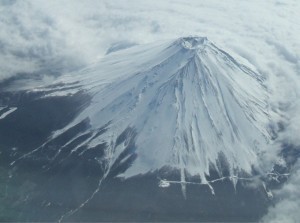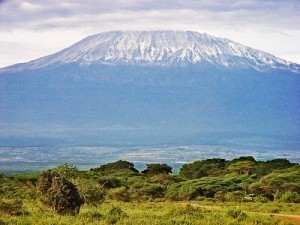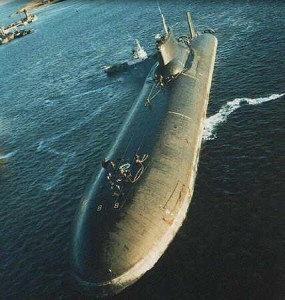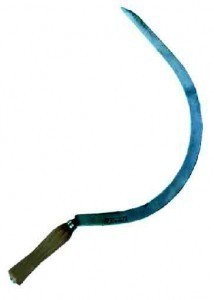How High is Mount Fuji?
Together with Mount Haku and Mount Tate, Mount Fuji completes the ‘Three Holy Mountains’ of Japan. It is highest among the three, which is considered an active volcano. It is located at the western part of Tokyo. Its last eruption took place in 1707. Because of its fascinating symmetrical cone, it has become the subject of numerous photographs and artworks. Likewise, it has been a favorite spot for climbers and sightseers. It is nice to learn other interesting facts about this place including the height of Mount Fuji.
Fuji completes the ‘Three Holy Mountains’ of Japan. It is highest among the three, which is considered an active volcano. It is located at the western part of Tokyo. Its last eruption took place in 1707. Because of its fascinating symmetrical cone, it has become the subject of numerous photographs and artworks. Likewise, it has been a favorite spot for climbers and sightseers. It is nice to learn other interesting facts about this place including the height of Mount Fuji.
The Height of Mount Fuji
How high is Mount Fuji? Considered as the highest mountain in the country, Mount Fuji stands tall at the height of 12,388 feet or 3,776 meters. It is considered one of the distinctive features of Japanese geography. It is surrounded by three cities, namely Fujinomiya, Fujiyoshida and Gotemba. Likewise, it is also surrounded by five lakes, which are Lake Shoji, Lake Motosu, Lake Sai, Lake Yamanaka and Lake Kawaguchi. It is located within the vicinity of the Fuji-Hakone-Izu National Park.
Additional Facts and Other Important Details
Because of the high altitude, the climate in Mount Fuji is very cold. The lowest temperature ever recorded in this place was -38 degrees Celsius. On the contrary, the highest temperature ever experienced at this place was 17.8 degrees Celsius. There is a forest found at the base of the mountain, which is called Aokigahara.
Every year, the estimated number of people who climb up this mountain is 200,000, 30 percent of which are foreigners. There are four different main routes starting from the fifth station all the way up to the summit, namely the Fujinomiya, Gotemba, Subashiri and Kawaguchiko. Starting from the foot of the mountain, there are also four different routes, which are Murayama, Suyama, Yoshida and Shojiko.
The location of Mount Fuji is where the Philippine Sea Plate, the Okhotsk Plate and the Amurian Plate meet. The volcanic activity in this place is subdivided into four distinct phases. The first one is referred to as Sen-komitake, which is comprised of the andesite core found deep inside it. The second phase is called Komitake Fuji, which is made up of a basalt layer. After that is the Old Fuji, which was formed more or less 100,000 years ago. On top of the Old Fuji, you can find the fourth phase called the New Fuji, which was developed some 10,000 years ago. Although the volcano is considered active, it has a low risk of erupting.





